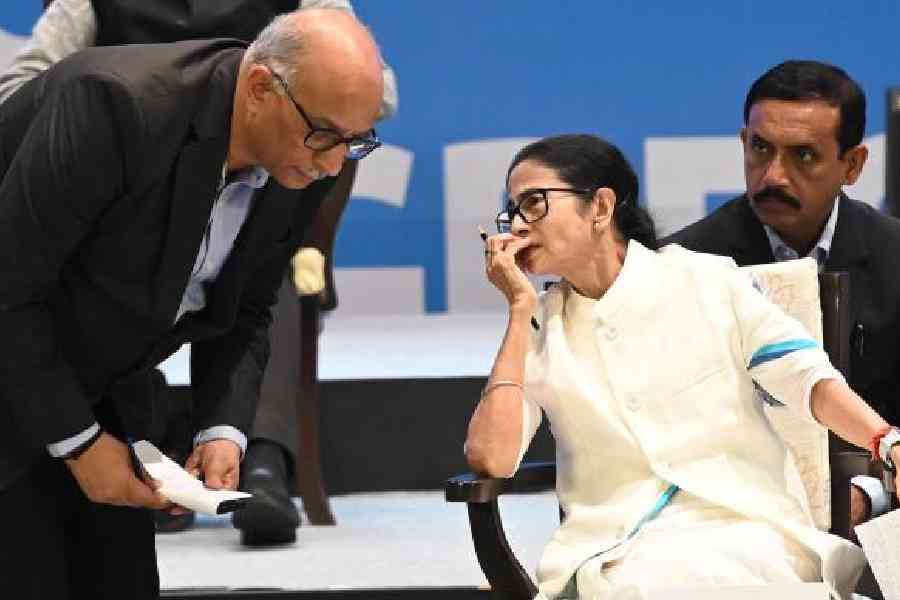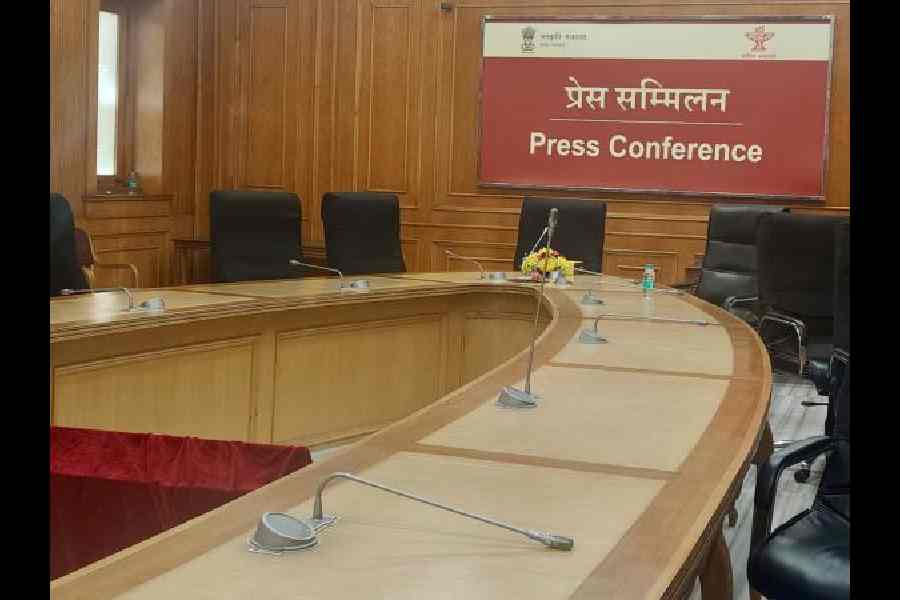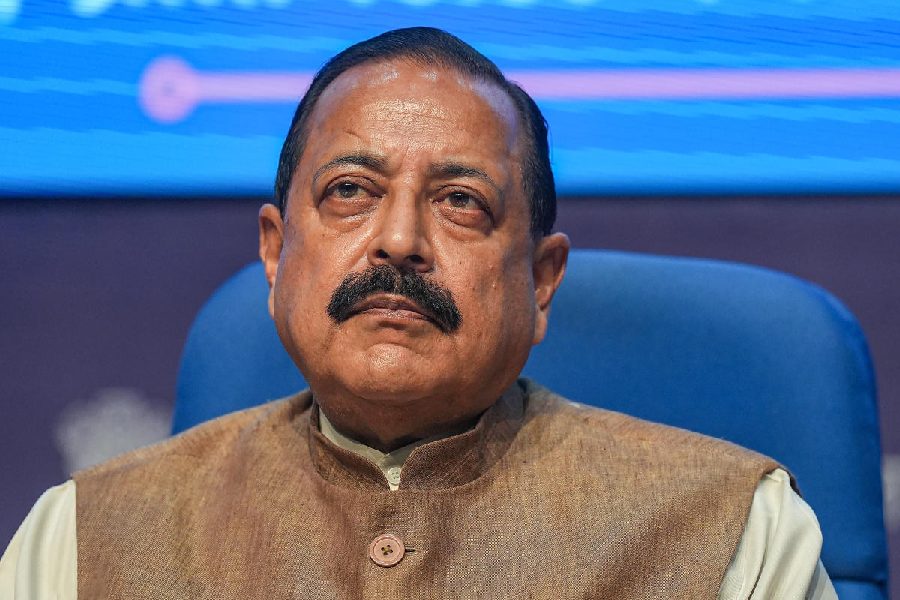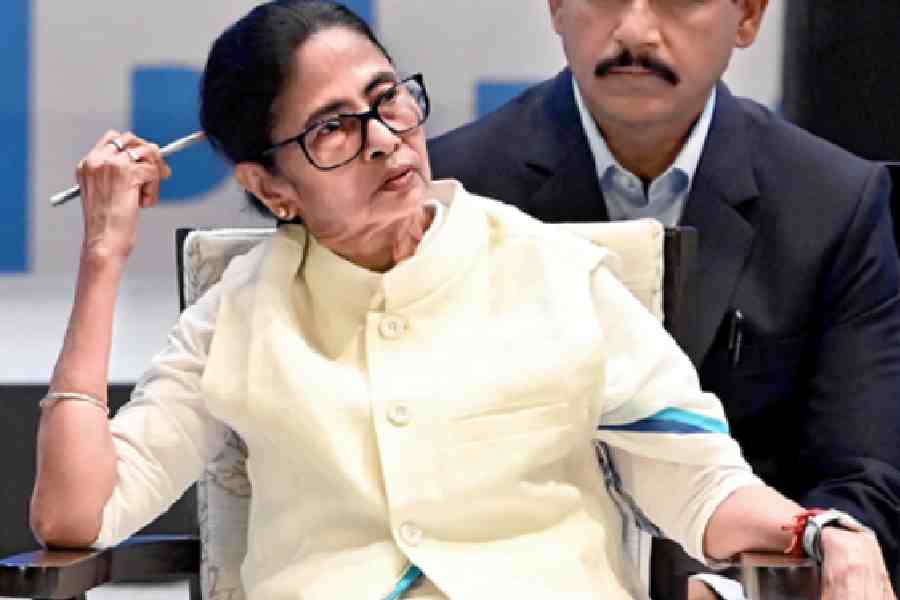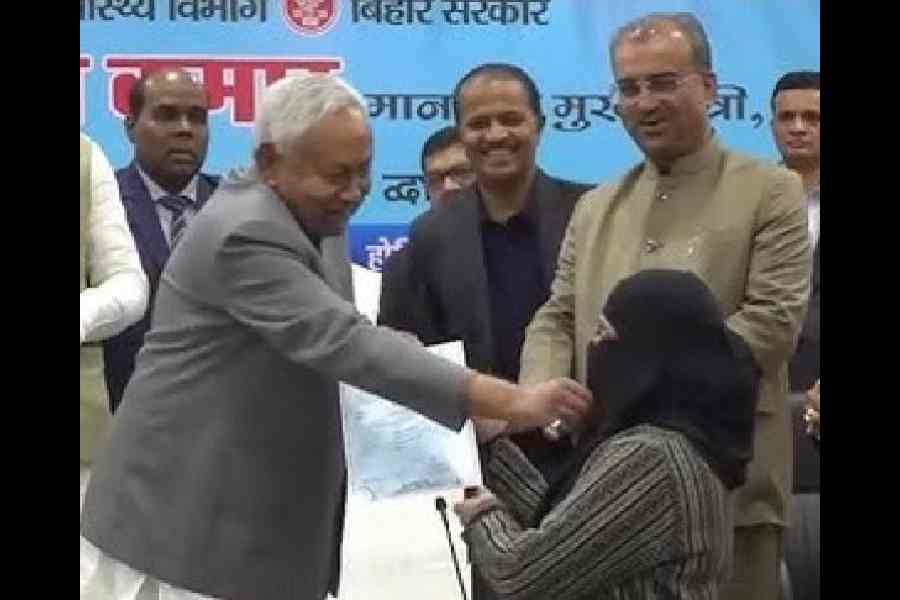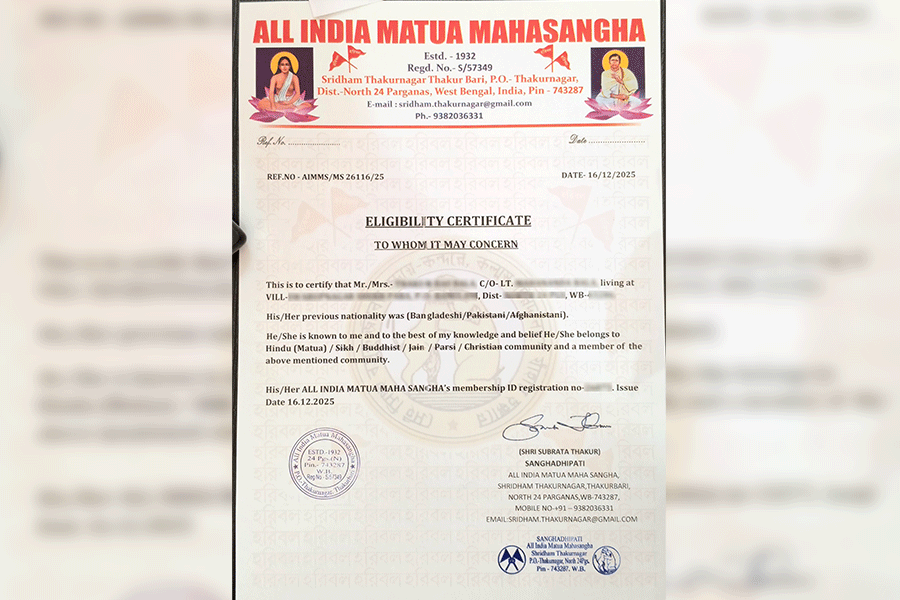The Women in Blue kept tightening the stranglehold on the Proteas who succumbed to the pressure.
The coveted moment came when Nadine de Klerk was caught by Harmanpreet Kaur off Deepti Sharma’s bowling.
“This victory will ignite a nation,” said Ian Bishop in the commentary box, as Harmanpreet and her teammates ran in joy.
Minutes later, fireworks lit up the Calcutta sky. Crackers went off in many parts. Out came people on the terraces and balconies and some took to the streets to celebrate.
Earlier in the day, only a few chose outdoor venues for Sunday’s women’s World Cup final. Inside the homes, though, the decibels and passions ran high in front of television screens.
A veteran doctor skipped a social get-together that had been planned to see Indian captain Harmanpreet Kaur’s squad chase the ultimate glory.
“I wanted to sit in front of the TV from ball one. The rain threatened to put a spanner in the works. I was afraid the match might get called off and was relieved when the sky dried up,” said the doctor.
Sent in, India put up 298/7 in their quota of 50 overs. Many viewers were not sure if it was enough.
“We are 25 runs short. India chased more than 330 in the semi-final,” said Sumit Guha, who works with an edu-tech company. He watched the match with his wife, son and younger sister at their Golf Green home.
At Bikramgarh near Jadavpur, a large screen showed the match at the Cultural Association Club’s ground. The audience was not big but loud.
A loud cheer came in the 16th over, when opener Shafali Verma struck a boundary. Children clapped, elders whistled and the noise spilled onto the adjoining sleepy bylanes.
“We wanted everyone, especially the younger generation, to come together and witness this moment. It’s not just a match, it’s an inspiration,” said Anushna Das, one of the organisers, who is pursuing postgraduation in film studies from Jadavpur University.
“After 2017, the women’s team is back in the finals, and it’s truly historic. Women’s cricket deserves the same respect and attention as men’s, said Das.
“When I was 12, I wanted to play cricket, but my parents didn’t allow me,” said Madhurima Dalui, 25, who travelled from Howrah to watch the screening. “They believed there was no future in it. But today’s women’s cricket has changed that perception — it’s a symbol of progress,” she said.
At the Calcutta Rowing Club bar, old-timers were cheering for the Women in Blue.
Among those watching was Sanjay Prasad, 63, a retired CESC official and a resident of Ballygunge, who said it was the first time he had stepped out to watch a women’s cricket match.
“I was quite upset when our team lost the first three matches,” he said, eyes fixed on the screen. “But the tables turned after we reached the semi-finals. The team’s performance and Jemimah Rodrigues’ century brought back our faith that we are truly back in the game.”
Prasad, who also watched the 2017 final at home, recalled that defeat as heartbreaking. “It was a close loss, but this time, the team looks confident and determined. There’s something special about their energy this year,” he said.
Some pubs and lounges had organised screenings, but it was far from a full house.
Five Mad Men in Sector V had an event lined up for Sunday, but cancelled it and screened the match instead. Around 8.30pm, when the Indian innings was in the late overs, around 50 diners were at the pub, which can host 300.


